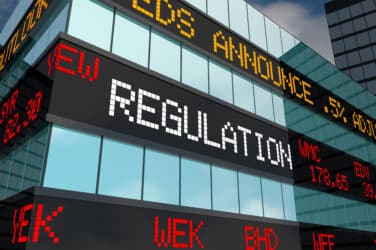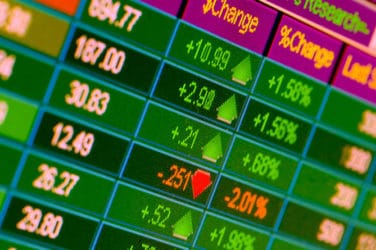Trading in the dark remains a favorite for the buy-side trader seeking liquidity. And using algorithmic trading strategies are a favored arrow in the institutional trader’s quiver.
Liquidity remains at the forefront of the buy-side trader’s wish list and he will go to all lengths to get his orders executed and filled – either in the dark or lit markets – but still continues to utilize dark pools despite their inherent opaque nature, occupation by predatory traders and possible pricing discrepancies with the public or lit markets. According to market experts and reports, 37% percent of U.S. equity trading volume is executed “off-exchange” including crossing systems, broker-operated alternative trading systems (ATSs) and internalization engines. And as market consultancy Greeniwch Associates reports, most of that business is not sent to platforms, such as dark pools directly by investors, but by algorithms that aggregate trades and route them to the venue that will deliver the best price.

Richard Johnson, Greenwich Associates
That process is a long way from traditional broker-facilitated execution on the NYSE, Nasdaq or other exchanges. A new report, “Current Trends in U.S. Equity Dark Pool Trading,” from Greenwich Associates looked at the world of dark pools, identifying the different types of venues in operation, analyzing their features, strengths and weaknesses, and ranking some of the market’s biggest dark pools in a series of categories critical to investors.
Recent revelations of impropriety at certain dark pools have made traders more diligent in assessing the design, liquidity and protections offered by competing venues. For high quality pools, traders often prefer to route trading volume directly. In most cases, however, traders utilize algorithms that aggregate and analyze the liquidity, sending trades to the dark pools that will deliver the best outcomes. These algos capture 72% of trading volume executed through dark pools.
For a buy-side trading desk to independently connect to 20 or more dark pools would be expensive and time-consuming they consultancy noted.
“For each dark pool, they would need to perform due diligence, sign legal documents, establish connectivity via their EMS, establish trading and back-office relationships and, perhaps most difficult, optimally integrate these pools into their trading workflow,” said Richard Johnson, Vice President of Market Structure and Technology and author of the new report. “By using a dark pool aggregator, all of this burden can be shifted onto the broker, who can spread the costs across its entire client base.”
And the Winner Is….
When it comes to which broker’s algorithm is the bets at sourcing liquidity in the dark, it was Sanford C. Bernstein’s, according to the results of Greenwich Associates 2016 U.S. Equity Investors Study. And the irony of this is that out of the top five brokers in this category, Bernstein is the only firm that does not operate its own dark pool.
“This impartiality when accessing dark pools has enabled the firm to build an effective product that is valued by clients,” Johnson noted.





